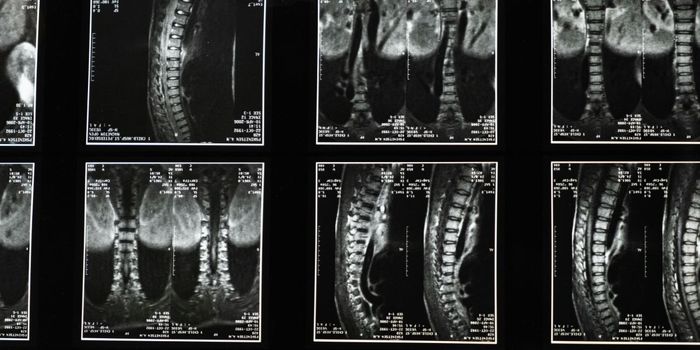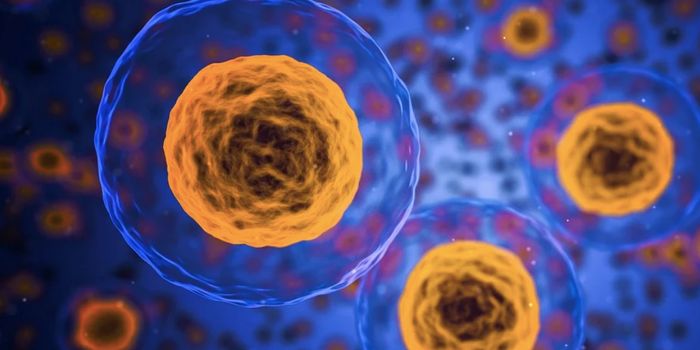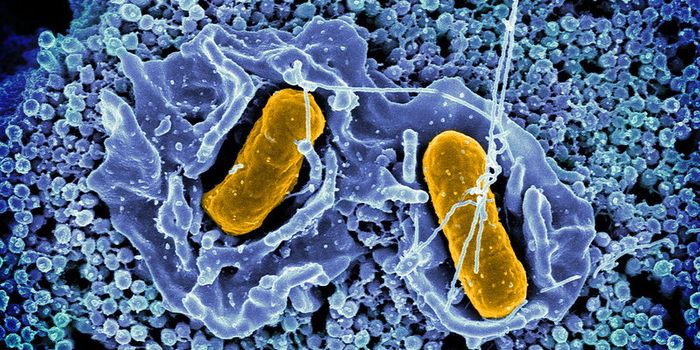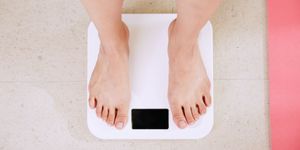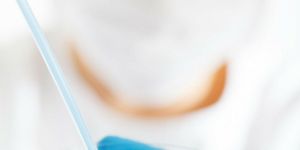A Regulator of Fatty Acid Uptake is Identified
Fat is a part of many of the foods we eat and often, the ones we enjoy most carry the highest levels. For people, fat is an essential nutrient, but we can also get too much of it. When our bodies evolved, the next meal wasn't a sure thing, so we can easily store extra calories for times when food is scarce. If the body doesn't immediately convert the fat we consume into energy, it stores the excess in tissues. Over time, this excess fat can start to accumulate around certain parts of the body, especially the midsection, where it sits as a kind of reserve store of energy.
There are many factors that influence fatty acid uptake and storage. Scientists have now learned that one of those factors is a protein called EDH2. The findings, by scientists at the Max Delbrueck Center for Molecular Medicine in the Helmholtz Association (MDC), have been reported in the Proceedings of the National Academy of Sciences (PNAS).
Dr. Claudia Matthaeus, first study author, has found that in mice lacking EDH2, significantly more fatty acids were taken up from the environment into cells. Now Matthaeus and colleagues have linked that finding to humans. "We have discovered that overweight people produce less EHD2 than people with normal weight," Matthaeus revealed.
It is thought that EDH2 plays a role in a metabolic pathway involving fatty acid uptake, which is modified in obesity, the study authors noted.
In a process called endocytosis, the cell membrane folds in, forming structures called caveolae, which can stay at the cell surface or pinch off and move their imported cargo into the cell. EHD2 is a protein that sits in the membrane of muscle and fat cells, and researcher Oliver Daumke hypothesized that EDH2 can stymie this process by forming ring-like structures around the neck of the caveolae. When EDH2 is gone, he suggested that caveolae can pinch off more often and therefore, the cell can import more fat.
In the video, the spots moving in and under the cell membrane are mostly caveloae.
An electron microscope showed that in mice lacking EDH2, more caveolae were detaching from the plasma membrane (compared to normal mice). There was also more fatty acid uptake occurring in cells without EHD2, and there were larger accumulations of fat (as lipid droplets) in these cells.
Along with a colleague at Leipzig University, Matthaeus examined tissue samples from people with different body weights. She found that in people with a body mass index indicating they were overweight, there were lower levels of EHD2 compared to slim people.
"During obesity, we observed that the number of caveolae and their detachment from the membrane get out of sync," Matthaeus said. She is now continuing this work at the National Institutes of Health in the United States.
"There are still many unanswered questions," Matthaeus said.
Sources: AAAS/Eurekalert! via Max Delbrück Center for Molecular Medicine in the Helmholtz Association, PNAS



